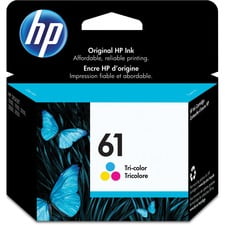

Someone else, who has more-ambitious printing needs or a strong interest in photography, may find that a cheap printer’s ink bills are lethal. A person who prints sparingly overall and seldom prints photos may find that a dirt-cheap printer yields big savings, even after factoring in the printer’s sky-high replacement ink costs, simply because the person won’t be replacing ink cartridges very often.

Your best buy depends on what you print, how much you print, and how long you plan to keep your printer. Here’s where the math of ink-onomics gets complicated. We’ve tracked the prices of 56 inkjet MFPs over the past two years, and the average cost per page for inks destined for a cheap printer (which we define as one costing less than $200) has consistently been higher than that for an expensive printer (one costing $200 or more).īut does that mean you should avoid cheap printers like the plague? Not necessarily. The first law of ink-onomics: The cheaper the printer, the more expensive its inks. To find the most economical printer over the long haul, you need to pay attention to ink-onomics–how much your printer’s inks cost and how much ink you’ll use. Replenishing this vital fluid costs much more over time than the printer itself costs initially, yet unwary buyers often overlook that expense. It’s not–and the complication is the ink. Buying the inkjet printer or inkjet MFP (multifunction printer) that is best suited to your budget should be simple.


 0 kommentar(er)
0 kommentar(er)
